7 Easy Ways to Get Free Garden Plants
Updated: Apr. 20, 2023
Yes you can get plants for free! Save money and beautify your backyard with these easy budget-friendly gardening tips.
Our editors and experts handpick every product we feature. We may earn a commission from your purchases.
Boost Your Garden With Free Plants
The only thing better than healthy and beautiful plants in your garden are free plants that are healthy and beautiful. It’s easy to spend over $100 at a greenhouse or nursery. But you don’t have to shell out big bucks to get big results.
Just take a look at these easy gardening solutions to get more free plants for your yard. The following ideas are simple, free, and guaranteed to add beauty to your flower beds. All it takes is a little time and effort to get plants for free.
Check out these budget-friendly plants that attract birds.
Save Seeds
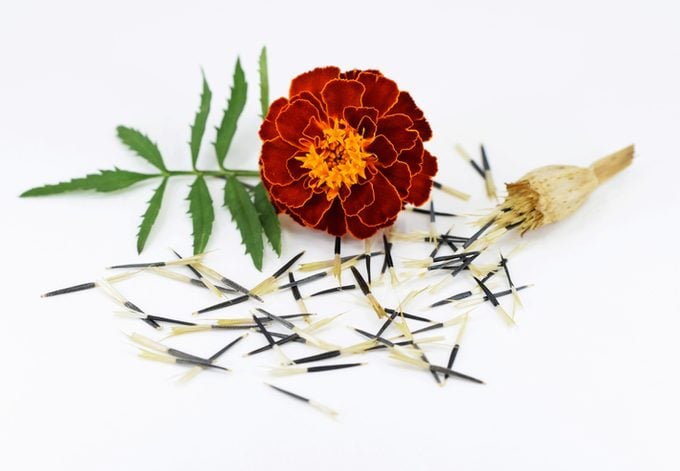
Every year, most flowers “go to seed.” You’ve probably heard this term before, but did you know that you can collect those seeds to plant in your garden for next year? It’s easy, as long as you have your timing right.
First of all, do not collect the seeds before they ripen. If you do, chances are they won’t sprout. Instead, wait until the seed head is almost completely dry. Then cut off the stem and place a bag (or even some old pantyhose) around the seed head.
Store in a cool location and give the flower another week or so to dry completely. During this time, the tiny seeds will fall out. Once you collect them, store them in a cool location until next spring. If you want to get a jump on the season, start seeds indoors and then transfer your seedlings after the danger of frost has passed.
Follow these tips for saving tomato and veggie seeds from your harvest.
Divide and Conquer
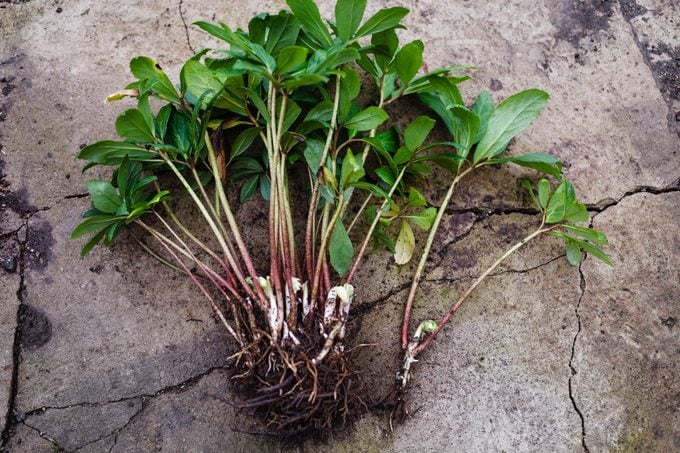
Many gardeners overlook fall as a time to divide plants, but it’s actually an ideal time for several varieties. (A good rule of thumb is to divide spring bloomers in fall and fall bloomers in spring, though there are exceptions.)
Look for overgrown plants in your own yard. To divide, dig around the entire perennial. Then split the plant into halves, fourths or even more—if it’s large, use a garden fork or shovel. Plant the divisions at the same depth as they were previously. For best results, add a little organic matter and offer some protection for winter, especially if you live in a cold climate.
Read this before buying a plant at the garden center.
Overwinter Your Annuals
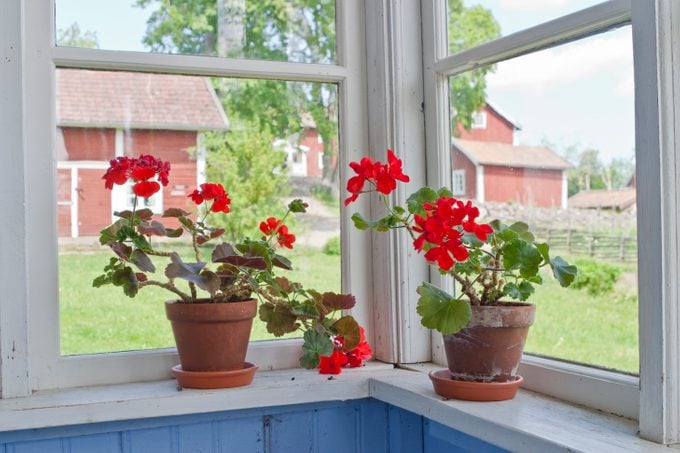
If you have the space, overwintering annuals like impatiens, geraniums, coleus and more is a great way to save money next spring. To overwinter your annuals, dig up as much of the root system as possible. Then use a good houseplant soil mix and a clean, well-draining container.
Place the annuals in a warm place, sunny location near a window or under artificial lights. To avoid scraggly plants, pinch them back throughout the winter. Come spring, plant them in your garden or containers. You’ll get a great jump-start on the season, and it didn’t cost you a thing!
Take a Cutting
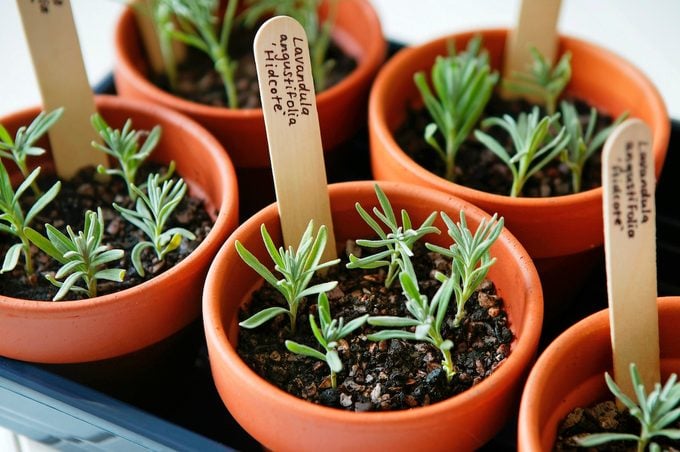
If you don’t have room to overwinter all your big, established annuals, try taking cuttings of your favorite plants instead. (Or you can turn a single plant into several little ones by doing several cuttings.) This is a basic gardening strategy to save your plants until spring, and it doesn’t take a lot of room or money. Just keep in mind, patented plants should not be propagated.
For best results, cut your plant above a node (where leaves form) so the stem is left neat and tidy. Remove the lower leaves, then dip in rooting hormone and bury in a small cup of well-drained soil. Once you plant and water your new cutting, place it in a loose plastic bag. This will create a nice little greenhouse to help the cuttings root. After the plants have rooted, you can transplant them, and you’ll have great new plants for spring!
Too many roots? Learn how to fix a root bound plant.
Find Plants that Multiply
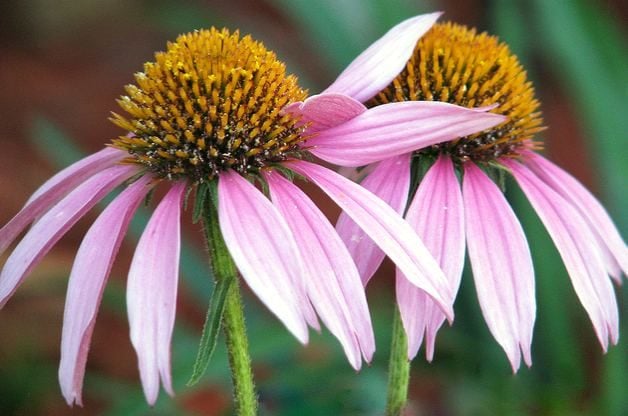
Many plants will multiply on their own if you’re patient. Cleome, hardy lilies, flax and perennials like coneflowers and more will multiply in the right conditions. Your best bet is to make sure your soil is prepared by amending it with organic matter. Remember not to weed until later in the spring, so you won’t kill sprouting seeds. Know what you’re looking for, and you might find a few surprises.
Learn how to identify weeds in your garden.
Search for Free Plants
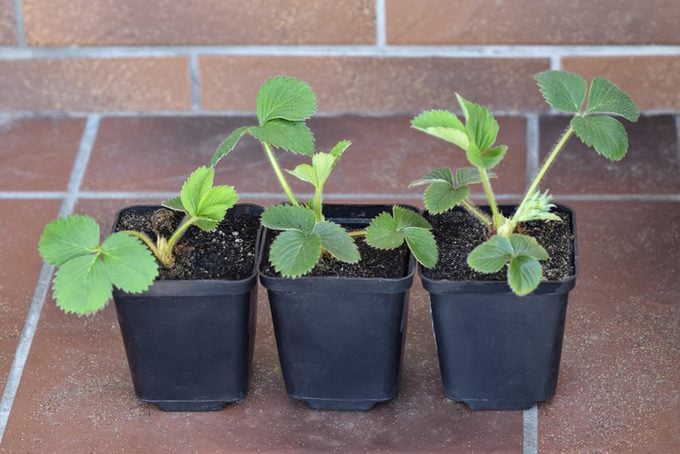
Gardeners are very giving people and, now, thanks to the Internet, it’s easier than ever to find those generous offers of free plants. Your local Freecycle Network is a good starting point. Some sites are more active than others, but it’s a great way to find giveaways. Also, check out the “free” section of your local Craigslist, a great place to find gardeners who are trying to get rid of excess plants.
Of course, you should take “free” at your own risk. Make sure the plants you get are free from disease and pests. And do a little homework on the people you’re getting the free plants from. Most gardeners are very welcoming and generous people, but it’s better to be a little cautious up front.
Psst—never skip these gardening tips from master gardeners.
Try a Seed Exchange
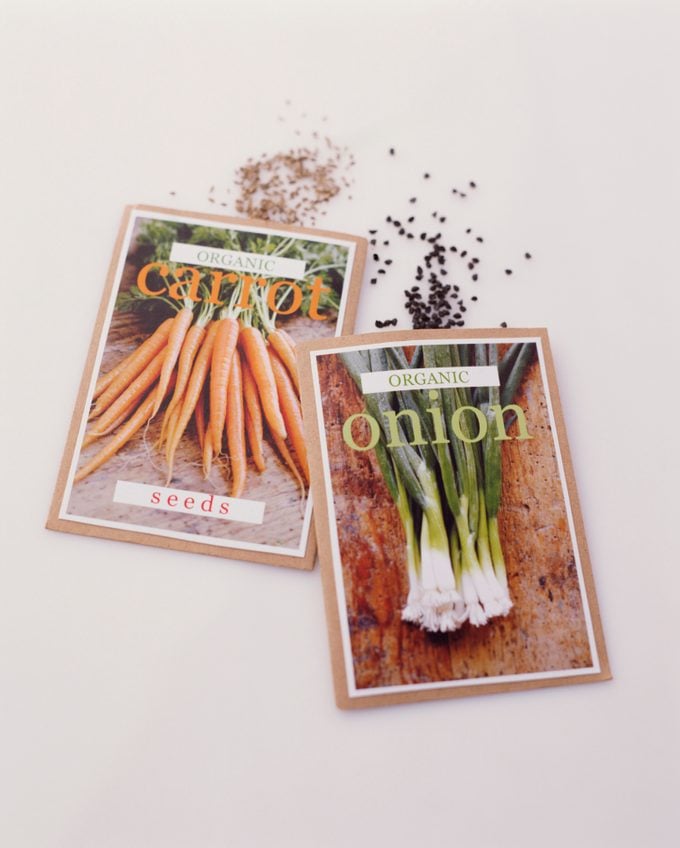
Seed exchanges are a great way to try new plants without spending a lot of money. Organize your own locally with a church, garden, library or other social group. Or go online, where you can find some great exchanges as well. If you do trade seeds with others, make sure the varieties are a good fit for your region.
Or try a plant exchange. Ask around to find other gardeners who would like to trade. It’s a great way to try new plants for free! Again, make sure you’re trading healthy, non-invasive, disease- and pest-resistant plants. You’ll get an early start on the growing season since the plants are already fairly sturdy.
Next, get tips on how to grow indoor plants from real gardeners.
